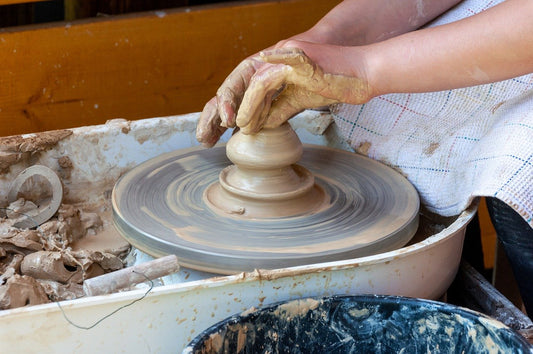Remote changes
by Paul McGowan
"Back in the day" stereo equipment did not have remote control. We had to get off our lazy butts and turn the volume up and down. Which went well with lifting the needle and changing the disc. Many of us solved the up/down couch dilemma by placing the preamplifier and turntable within close reach, but that generally cluttered seating areas. The remote control changed all that.
Remote controls made the tasks of input switching, volume and balance control a snap. Its advent also fundamentally changed the design of equipment to accommodate its features. Where formerly inputs were hand selected with a rotary switch, volume and balance by mechanical means too, remote controls brought new demands.
At first designers didn't have to change much. I remember the handoff. Most switch and potentiometer manufacturers offered motorized versions of their products. Instead of your hand turning the control, a motor did the work for you. Ghostly images of phantom hands turning volume knobs and selector switches ran rampant. But that era didn't last long.
Motorized controls were slow, unwieldy, and gave no positional feedback. We squinted to see where the volume was set.
What we wanted was a visually oriented display. 0 to 100 for the volume, Input One, Two and Three for the selector. Unfortunately, mechanical switches and pots don't play nice with digital readouts. How were designers to implement the demands of remote controls in a way compatible with graphic displays of their actions? It would require a rethink of control mechanics.
Input selection was the easiest.
Relays. A subject we'll jump into tomorrow.
- Choosing a selection results in a full page refresh.
- Opens in a new window.








